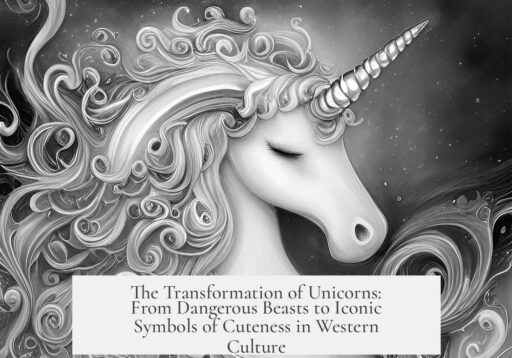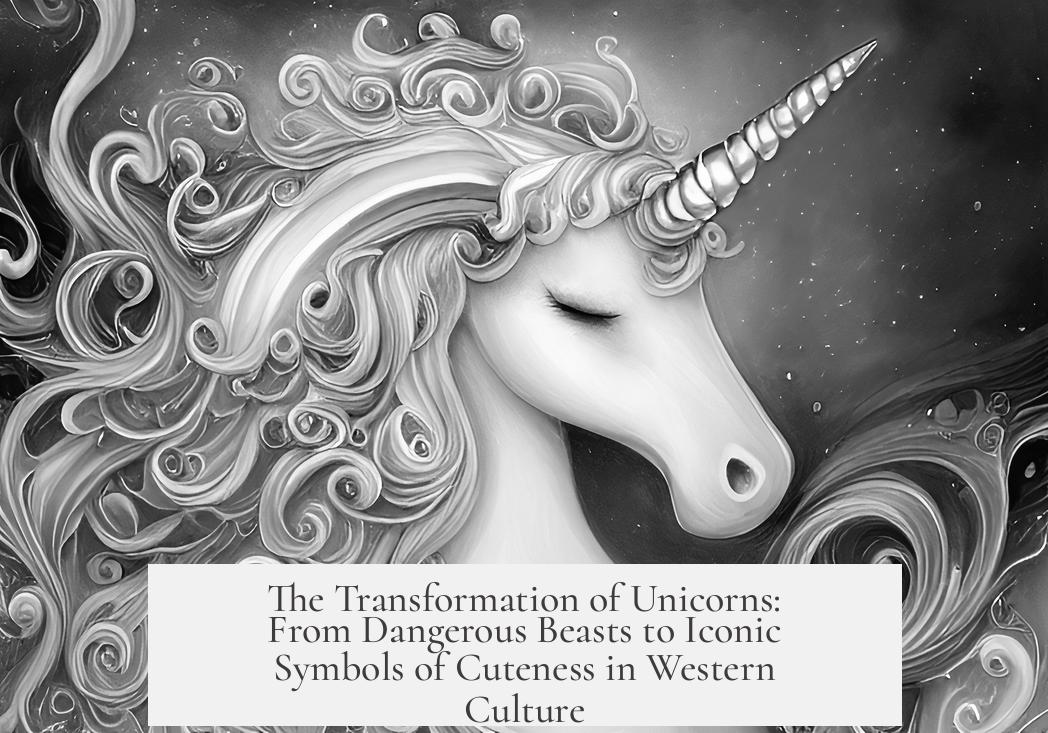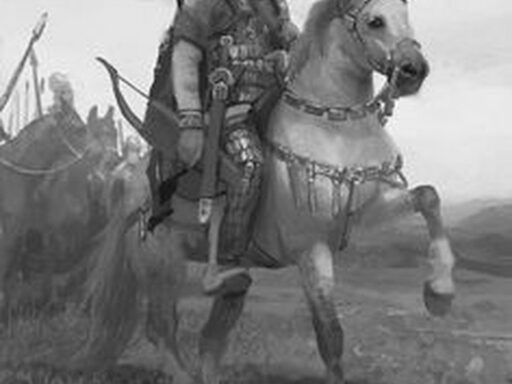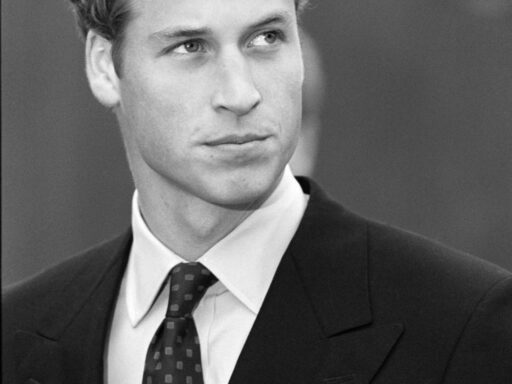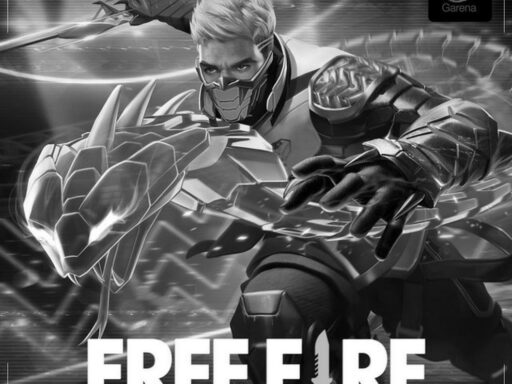Unicorns evolve from dangerous, elusive beasts in medieval bestiaries to one of the most popular and stereotypical “cutesy” symbols for young girls in modern Western culture through shifts in symbolism, cultural context, and marketing strategies.
Originally, unicorns had little presence in popular folk culture. They did not appear frequently in the oral stories or legends shared by common people. Instead, unicorns primarily existed in medieval bestiaries—scholarly collections of animal descriptions compiled for elite and courtly audiences. These creatures were described as rare and dangerous, often tied to reports of exotic animals, such as the narwhal, whose tusks were mistaken for unicorn horns. Thus, the unicorn was more myth than folklore, remaining distant from everyday cultural narratives.
In these early depictions, the unicorn was elusive and surrounded by a hunting motif. It was considered dangerous but could be tamed or captured only through the presence of a virgin. This paradox symbolized purity strictly intertwined with peril; the hunter awaited the unicorn’s vulnerability while it sought a pure, virginal figure. Though alluring, the creature carried a fatal edge: when the unicorn knelt before a virgin, the hunters could kill it.
Moving into the Renaissance and Victorian eras, the unicorn’s image transformed into a symbol of purity and rarity. This association with virginity persisted, making the unicorn emblematic of untainted virtue. Artistic and literary works preserved this symbolism, embedding the unicorn as a motif for chastity, nobility, and the extraordinary. It appeared regularly in tapestries, paintings, and emblematic literature throughout Europe, always surrounded by its aura of mystery and elegance.
The cultural survival of the unicorn despite its contradictory nature is notable. Though depicted as a creature that could be slain by hunters, it remained a powerful emblem within elite culture. Its symbolic rarity and connection to purity allowed it to endure the transitions across historical periods.
The significant shift toward the modern “cutesy” unicorn image begins in the twentieth century, through the convergence of cultural stereotypes and commercial marketing. Toy horses have traditionally been marketed to girls, linking girls with gentleness, care, and innocence—qualities resonant with historical unicorn lore. Since unicorns were already associated with virgin purity and known as horse-like beings, marketers found a natural fit: girls, characterized as pure, should have unicorns as beloved companions.
This marketing shift influenced the unicorn’s favored appearance. The traditionally white unicorn, symbolizing purity in classical depictions, took on new colors—pink, purple, and rainbow hues. These bright, playful colors aligned with commercial strategies targeting young girls, leveraging the unicorn’s mystical legacy while making it visually appealing and approachable. The dangerous and elusive aspects faded, replaced by whimsy and charm suitable for children’s toys, media, and fashion.
It is important to highlight that earlier references to creatures called “unicorns” may have complex linguistic and cultural origins. Some mentions could align with today’s idea of unicorns, while others might differ substantially. Medieval European unicorn lore remains the primary source shaping modern perceptions. These origins were confined largely to educated circles and did not diffuse widely into popular folk tales. The modern unicorn iconography is thus more a product of cultural reinterpretation and popular culture than a direct continuation of folk belief.
| Time Period | Unicorn Depiction | Cultural Context | Symbolism |
|---|---|---|---|
| Medieval Bestiaries | Elusive, dangerous beast, rare horned creature | Elite courts and scholars | Danger, elusiveness, purity linked to virgin |
| Renaissance to Victorian Era | Symbolic and artistic motif, white unicorn | Art, literature, noble symbolism | Purity, rarity, chastity |
| 20th–21st Century | Colorful, visually cutesy, toy and media icon | Commercial marketing, children’s products | Innocence, fantasy, companionship for girls |
In sum, the trajectory of the unicorn from a dangerous mythical beast confined to elite literature to a mainstream symbol of innocence and fantasy aimed at young girls reflects evolving cultural values and the power of marketing. The purity symbolism, along with its status as a rare and magical creature, allowed the unicorn to adapt across centuries. Modern commercial culture repurposed this symbolism and visually transformed the unicorn to fit contemporary ideals of childhood fantasy, innocence, and aesthetic appeal.
- Unicorns originated in medieval bestiaries as rare, dangerous beasts linked to purity and virginity.
- They were symbols of chastity and rarity, primarily within elite art and literature.
- Unicorns did not feature prominently in common folk tales or wider oral traditions.
- Twentieth-century marketing connected unicorn purity to stereotypes of innocence in girls.
- Modern colorful unicorns emerged from toy and media industries targeting young girls.
How Did Unicorns Go From Being Thought of as Dangerous Beasts of the Wilderness to Possessing the Most Stereotypical “Cutesy Thing for Little Girls” Status in Modern Western Culture?
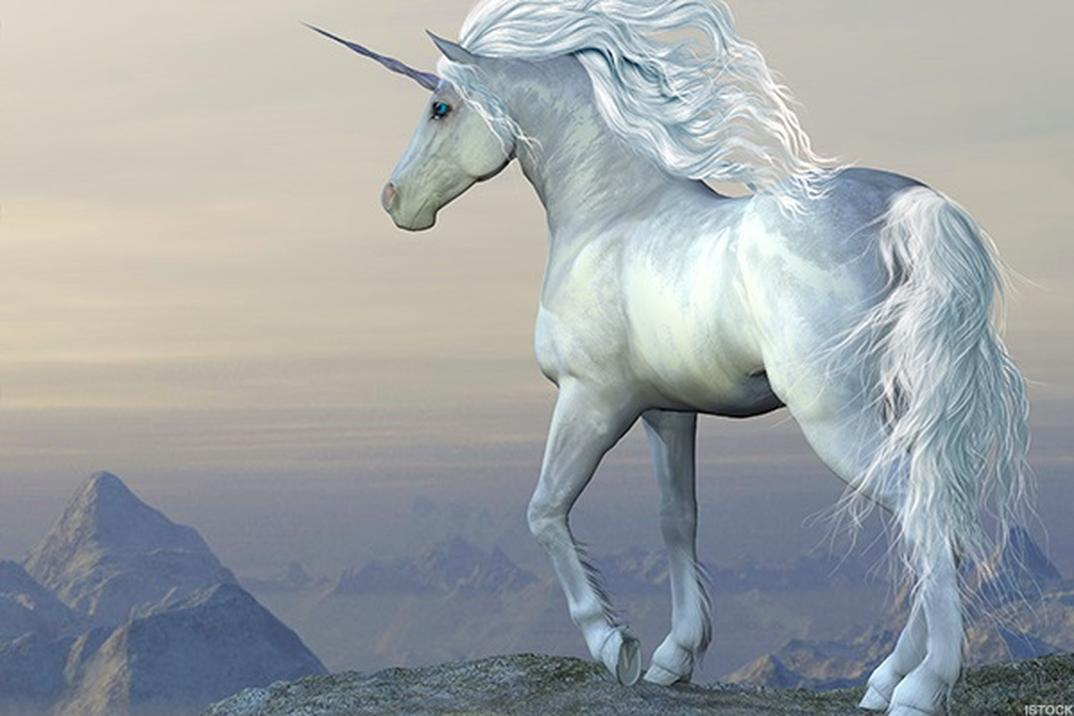
Unicorns transform from fierce, elusive creatures linked to purity and peril, known mainly in medieval scholarly circles, into the undeniably cute, pastel-colored icons adored by children—especially little girls—today through a blend of symbolic history and clever marketing.
Sounds like a wild ride, right? Let’s untangle how we got here.
The unicorn’s story is far from straightforward. It didn’t grow out of common folk tales or popular legends like dragons or elves. Instead, this mythical creature initially belonged firmly within the realm of scholars, artists, and the nobility. Unicorns were rare, mysterious beasts confined to medieval bestiaries—a sort of encyclopedia of real and imagined animals compiled by learned elites.
The Unicorn: More Academic Curiosity than Popular Folktale
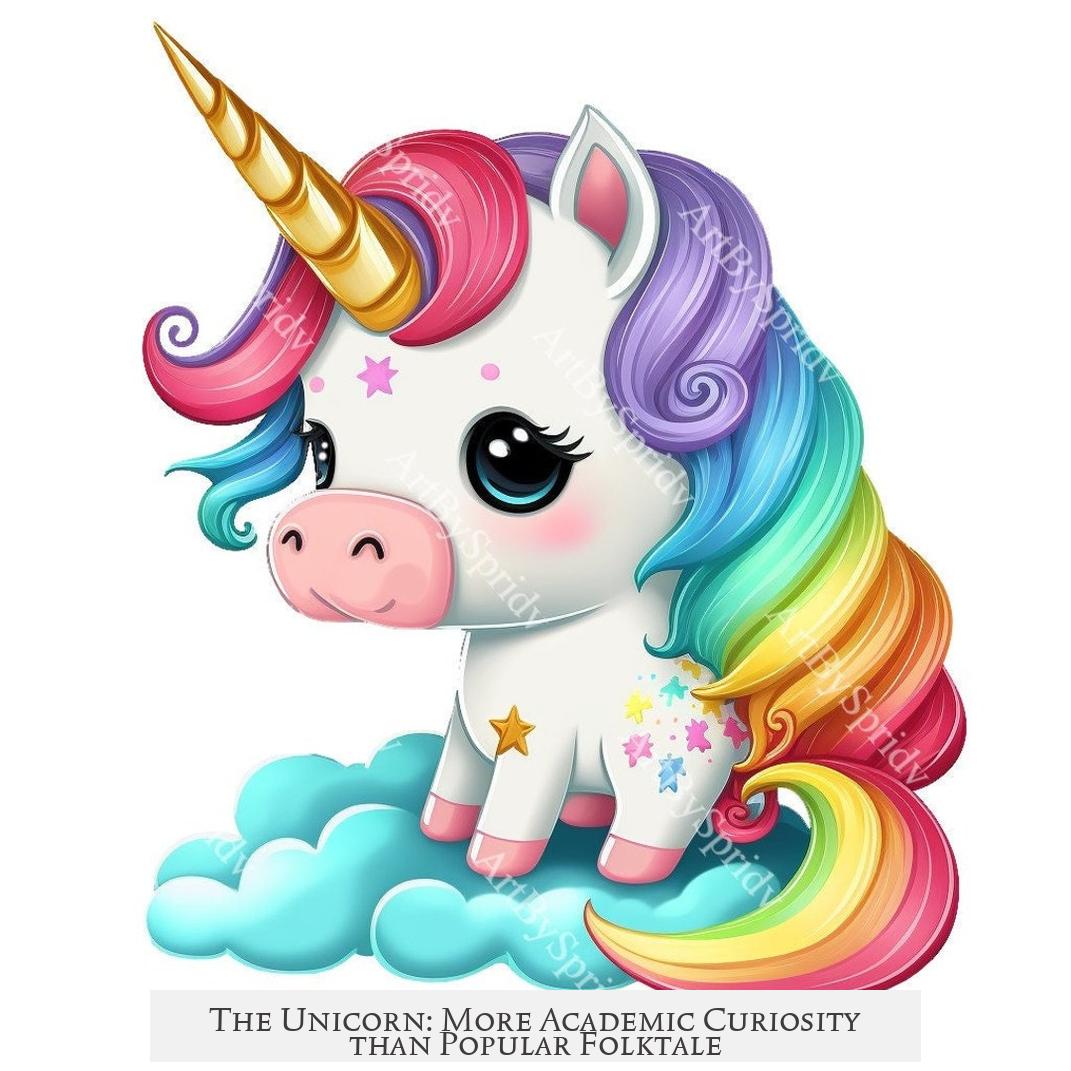
Unlike many mythical beings, unicorns were not part of widespread European folklore. They rarely appeared in the tales told around the fires or for entertainment. Instead, the concept was mostly discussed in courtly settings or among the educated elite. Their image didn’t “seep down to the folk,” as historians note, meaning everyday people probably didn’t have consistent stories or superstitions about unicorns.
What made a unicorn, anyway? Well, they probably started as reports of strange beast sightings—maybe inspired by animals like the rhinoceros or the elusive narwhal. In fact, people in the past often believed a narwhal’s tusk was the horn of a real unicorn, lending some artifact “proof” to the myth.
Symbols of Purity and Paradox: The Medieval Unicorn Story
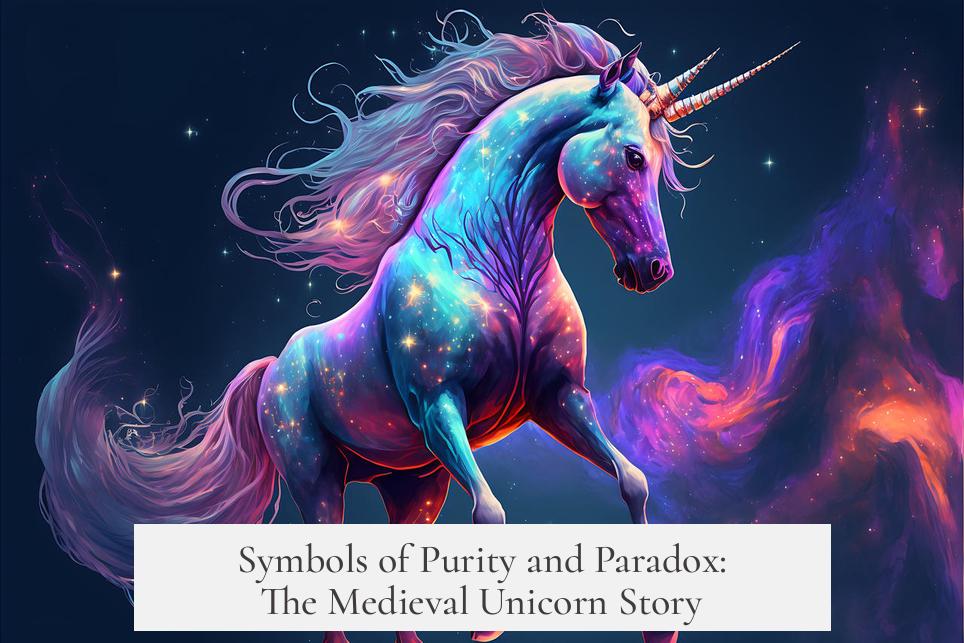
In the art and literature of the Middle Ages, the unicorn became a symbol of purity and chastity. Here’s the catch: only a virgin could tame a unicorn by inviting it to rest its horned head in her lap. How incredibly specific—and strangely romantic. But then comes the twist: once the unicorn was lured, hunters could kill it. So… purity attracts this rare, fabulous beast, and then it immediately faces death? Talk about a fairy tale with an edge.
This hunting motif painted unicorns as elusive, noble, but not exactly safe. They embodied a paradox—rare and pure, but also dangerous and doomed once caught. This layered symbolism persisted through the Renaissance and Victorian eras, keeping the unicorn firmly associated with ideals of virtue, but also mystery and fragility.
The Shift to “Little Girl’s Cutesy Toy” – How and Why?
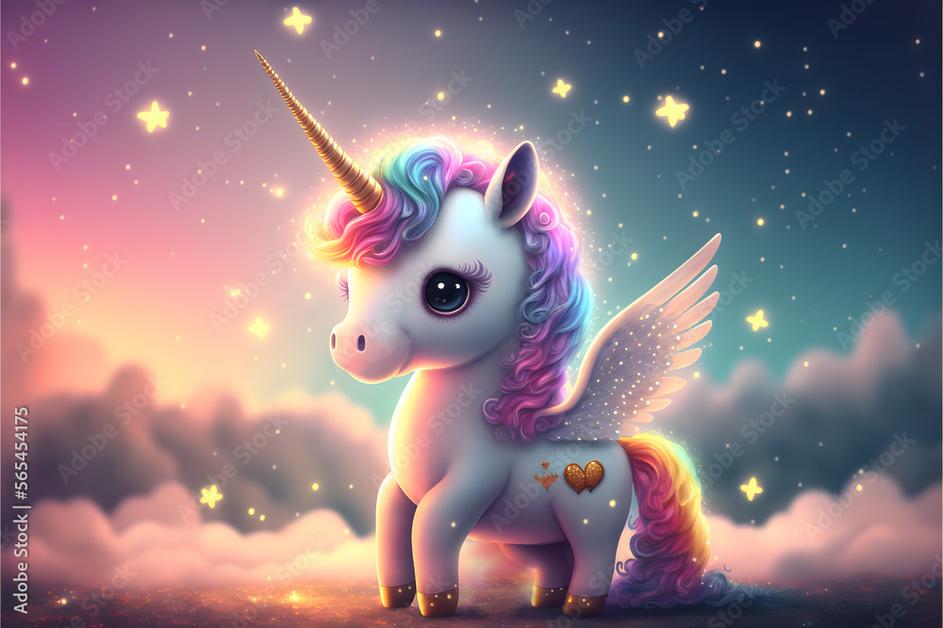
Fast forward to the twentieth and twenty-first centuries: unicorns make a surprising cultural leap from the pages of Renaissance paintings and religious allegories to the shelves of toy stores and children’s bedrooms. How did this happen? The answer is a clever mix of tradition and marketing logic, with a dash of cultural stereotyping.
- Toy horses had been popular items marketed specifically toward girls for many decades.
- Western culture long associated girls with innocence and purity (a slightly oversimplified but influential stereotype).
- The unicorn, being a type of horse attracted only to purity, fit naturally into this narrative.
- Then came the commercialization: unicorns were no longer just white and regal but exploded into rainbows, pinks, purples—the whole spectrum of childhood whimsy aimed squarely at a young audience.
This transformation reflects two things: first, the persistent symbolic link of unicorns to purity, and second, marketers’ keen ability to tap into cultural ideas about girls and create a colorful, approachable icon. It’s now rare to meet someone, regardless of age, who doesn’t immediately picture a fluffy, smiling, rainbow-maned unicorn when they hear the word.
Is the Cute Unicorn a Sellout of Its Dangerous Past?
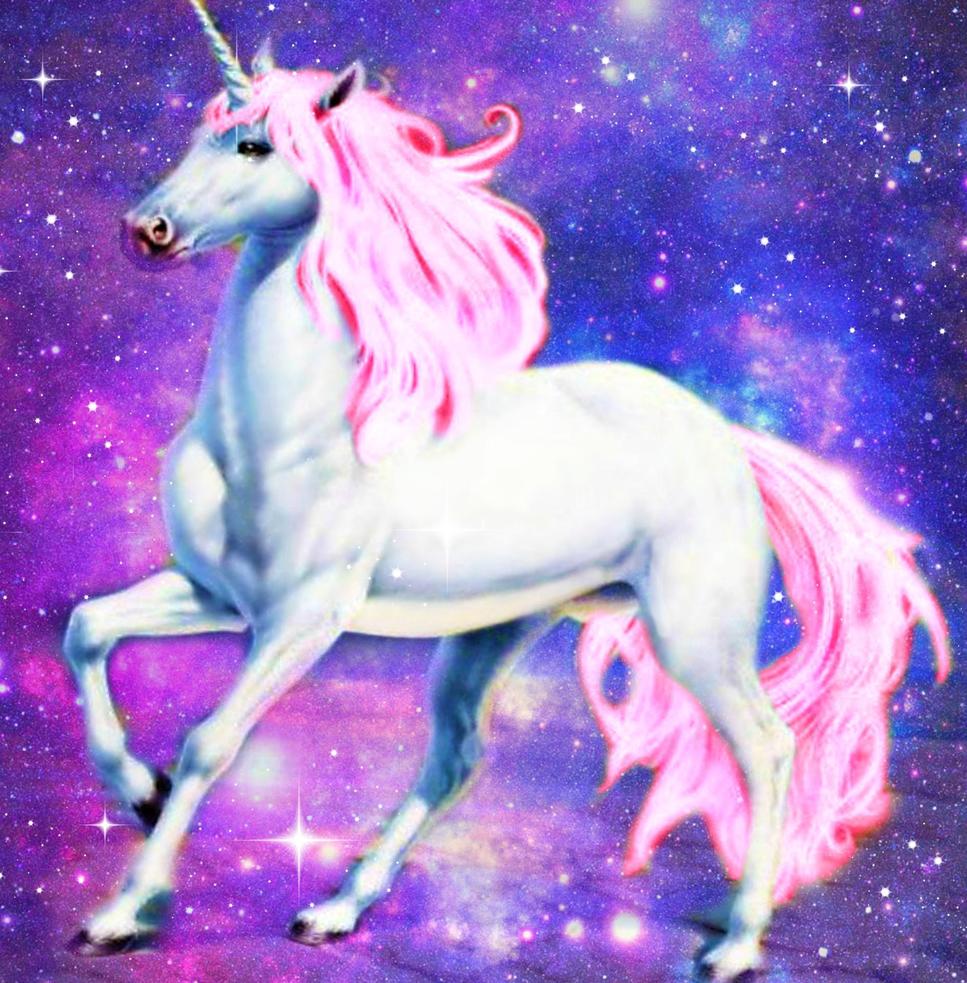
Good question! The answer lies in how myths evolve to fit new cultural needs. The unicorn’s original identity as a rare, dangerous beast linked to purity remains tucked in scholarly and artistic works. Meanwhile, the bright, approachable unicorn is a new chapter—one that makes the mythical accessible to kids and collectors alike. Both images can coexist.
Think of it this way: the unicorn’s story is a bit like a chameleon adjusting its color to fit its environment. The fierce, elusive creature evolved into a figure that symbolizes hope, wonder, and youthful joy in modern media.
Some Fun Facts and Thoughts to Ponder
- The unicorn’s historic presence was more about intellectual curiosity than playground storytelling.
- Real animals like the narwhal played a major role in shaping the unicorn myth in elite circles.
- The association with virginity and purity was a deeply symbolic medieval concept, not a literal behavioral trait of the beast.
- The hunting aspect adds a dimension of danger and tragedy to the unicorn, rarely carried into modern cuteness-themed portrayals.
- Marketing strategies tapped into long-standing cultural ideas about purity and girlhood to reposition unicorns as perfect children’s toys.
- Colors like pink, purple, and rainbow appeared only recently, designed to make unicorns pop in a sea of children’s merchandise.
What This Means for the Future of Unicorns
The unicorn’s journey from “dangerous wilderness beast” to “cutesy girl icon” shows how cultural symbols adapt with context. Who’s to say the humble unicorn won’t evolve yet again? Given its deep roots and flexibility, it might find new homes in adult fantasy stories, fashion trends, or even unexpected tech branding.
Would it surprise you if a unicorn-themed cybersecurity company popped up tomorrow? Probably not! Its mix of mystique, rarity, and purity could fit well beyond plush toys and birthday party themes.
Summing Up: The Unicorn’s Cultural Odyssey
From an obscure subject of scholarly bestiaries to a modern rainbow-colored must-have, the unicorn spans a fascinating cultural spectrum. It started as a symbol of pure, elusive beauty intertwined with danger and death. It became a highly symbolic figure celebrated by artists and poets. In the last century, it morphed into a soft, delightful icon primarily targeted at young girls.
That transformation reflects more than just evolving tastes. It highlights how modern society combines historical symbolism, gendered marketing, and cultural stereotypes to repackage ancient myths for mass appeal.
Next time you see a unicorn plush toy or sticker, remember: you’re looking at a creature whose origins lie in complex medieval symbolism, scholarly mythmaking, and even real-world ocean creatures—all transformed by the colorful brushstrokes of marketing magic.
Is it still magical? Absolutely. And that’s a story worth celebrating.
